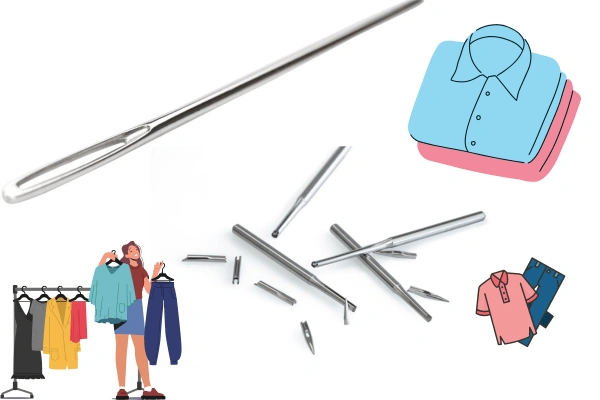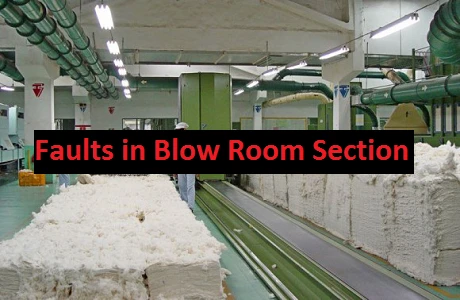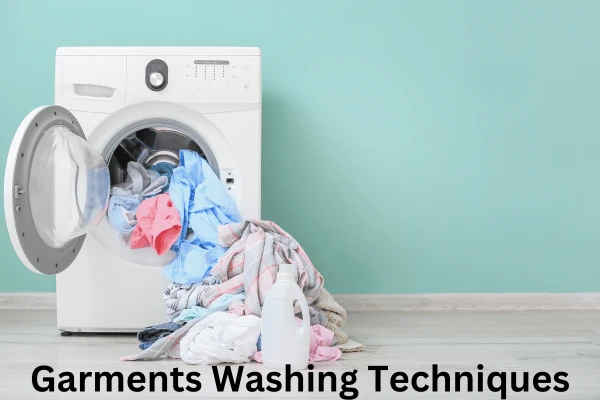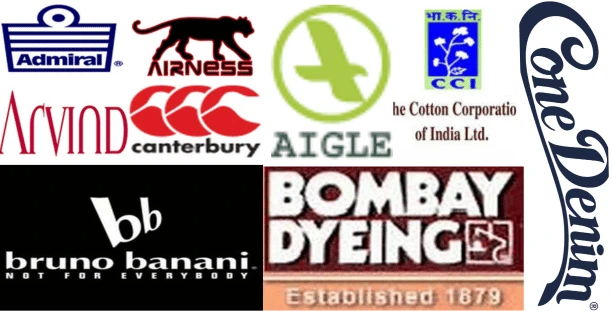Broken Needle Control Policy of Apparel Industry
Broken needle control is the main safety checklist work for garment consumers. Very sensitive and careful control should be done here as safety first is the main requirement of garment buyers. The needle controls described below apply to all possible sources of metal and needle contamination in production, including, but not limited to, sample rooms, … Read More






